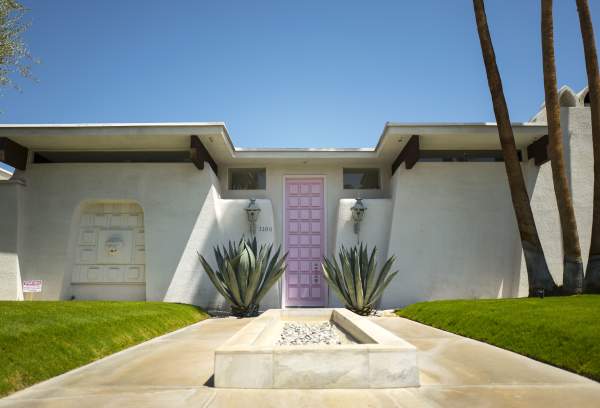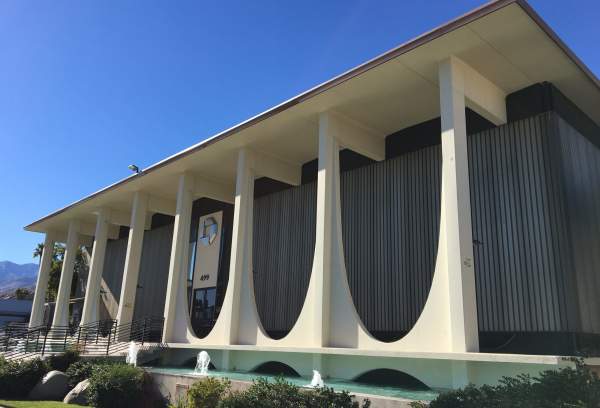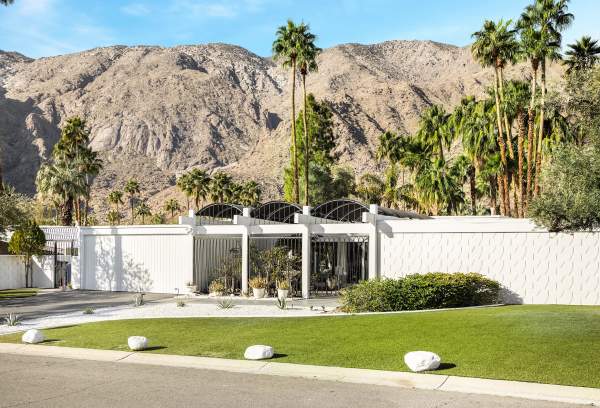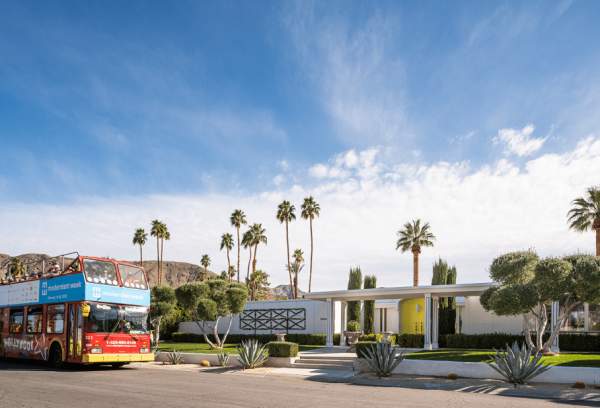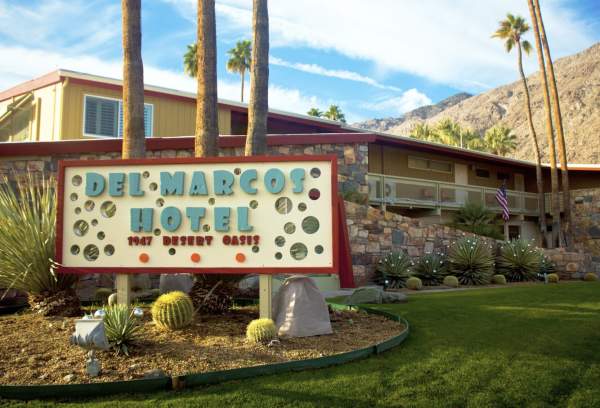Historic Preservation and Sustainability are Natural Partners.
Preservation and reuse of historic buildings reduce resource and material consumption, put less waste in landfills, and consume less energy than demolishing and constructing new ones. Over the past decade, advances in high-performance or “green” buildings have been numerous but primarily focused on new construction. As a result, the preservation and adaptability of historic and older buildings have not always been at the forefront of the ‘green’ movement agenda.
Historic buildings can be upgraded with new technologies to maximize energy performance. Historic features such as windows can be repaired and restored for higher efficiency.
Some key benefits of historic preservation include:
-
Saving existing resources and reducing the consumption of new materials
-
Maintaining historic character and architectural heritage
-
Providing environmental, cultural, and economic advantages for the community
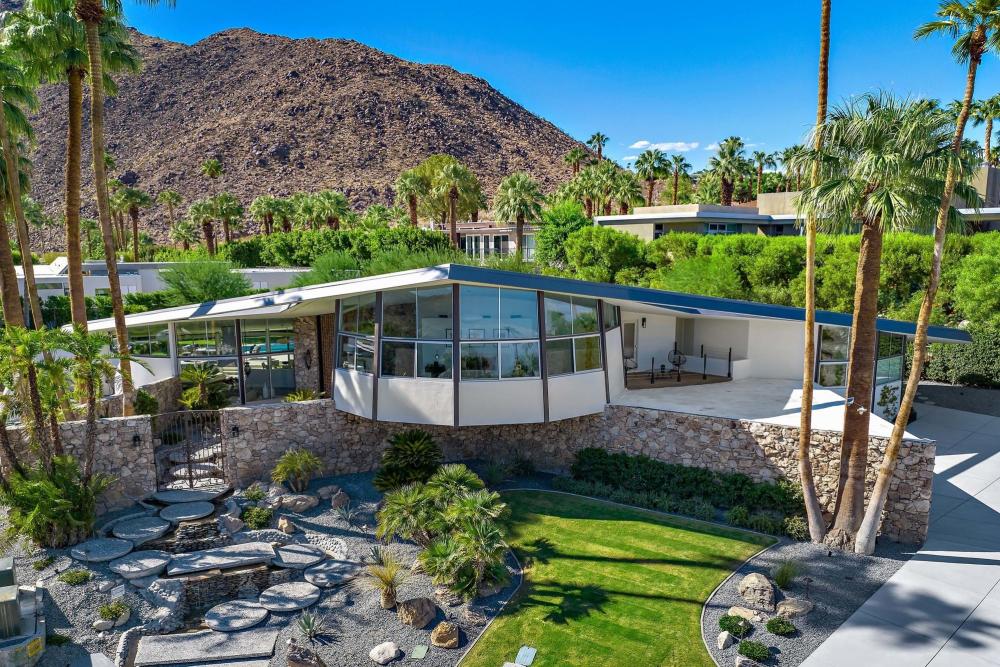
We now have the window technology for floor-to-ceiling glass walls that allow us to experience the beauty of the desert. We can save them and have them without substantial energy bills or cantilevered roof structures. Mid-century modern houses with glass walls were often seasonal residences, almost uninhabitable in the summer. Today’s year-round residents can enjoy an updated design that is smart in its resource utilization.
Palm Springs believes architectural preservation, progressive design, and sustainable building practices are compatible goals. When discussing sustainability in architecture, what could be more sustainable than rehabilitating and preserving our amazing catalog of existing, architecturally significant structures? This can be done by incorporating green building technology.
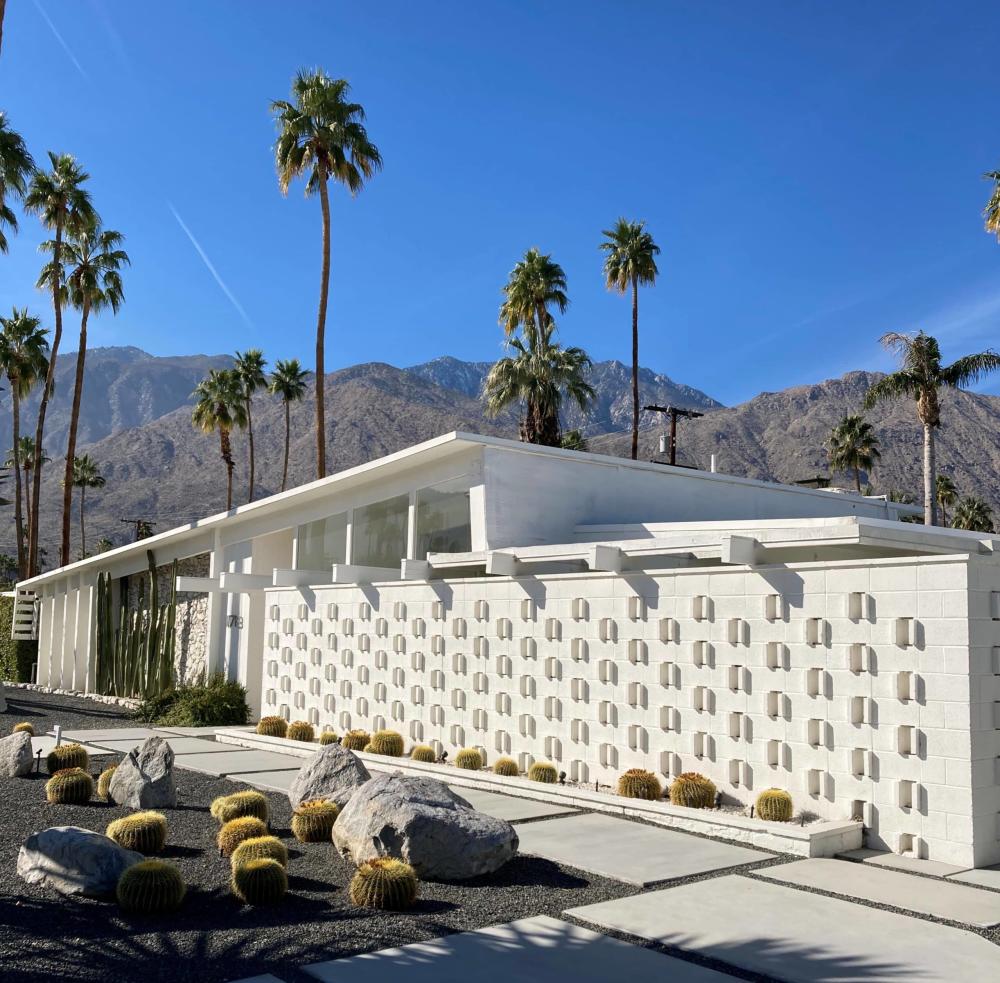
Architect Sean Lockyer, part of a new generation of desert designers, admires Frey’s Palm Springs residence (known as Frey House 2). “It is a model for more sustainable, affordable small houses that utilize the beauty of their surroundings,” he says. “It’s a house that — through the richness of context, details, and materials — reads and lives like so much more.”
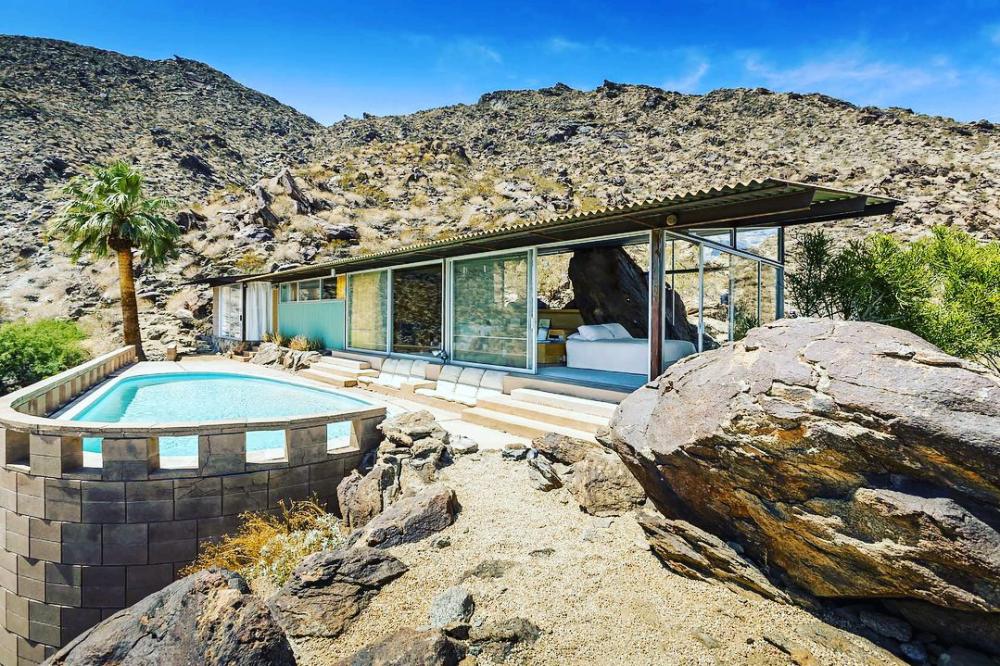
The future of the city’s architecture is directly connected to the preservation of existing buildings. Architect Doug Hudson states, “What we save and preserve is just as important as what we build.” "One need only look at the success of Modernism Week as evidence. It draws thousands of visitors from all over the world. They come here to celebrate and experience our architectural history. We must keep that momentum in historic preservation and our new architecture.”
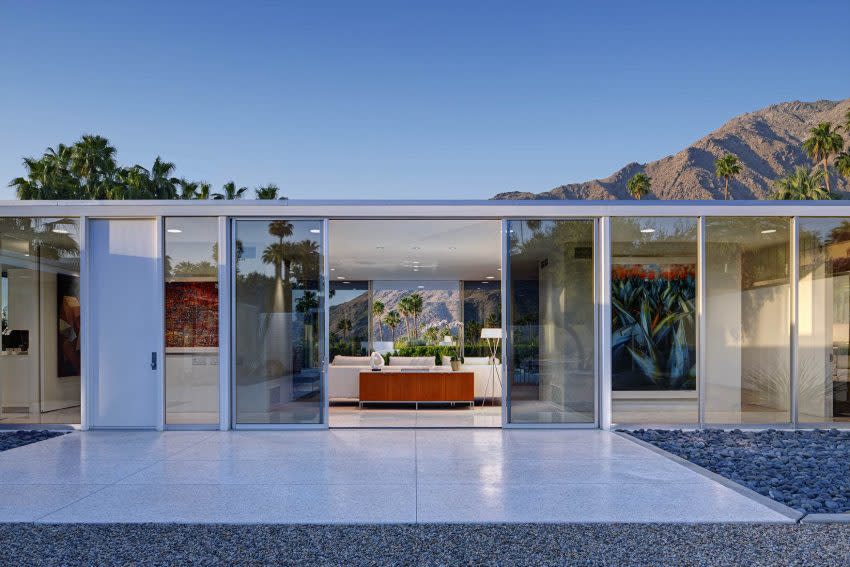
By architect William Cody
Kaptur Plaza - Example
Kaptur Plaza is an excellent example of recent Palm Springs architectural preservation. It was the winner of a 2019 Preservation Design Award for Restoration. Award recipients are selected by a jury of top architecture, engineering, planning, and history professionals, as well as renowned architecture critics and journalists. In making their decision, the jury noted not only the workmanship but the tremendous community involvement, stating, “This exemplifies a distinct moment in architectural time and does a lot with natural cooling. The community rallied to save it, and it’s great that people in Palm Springs are putting their money where their mouth is, preserving their heritage.”
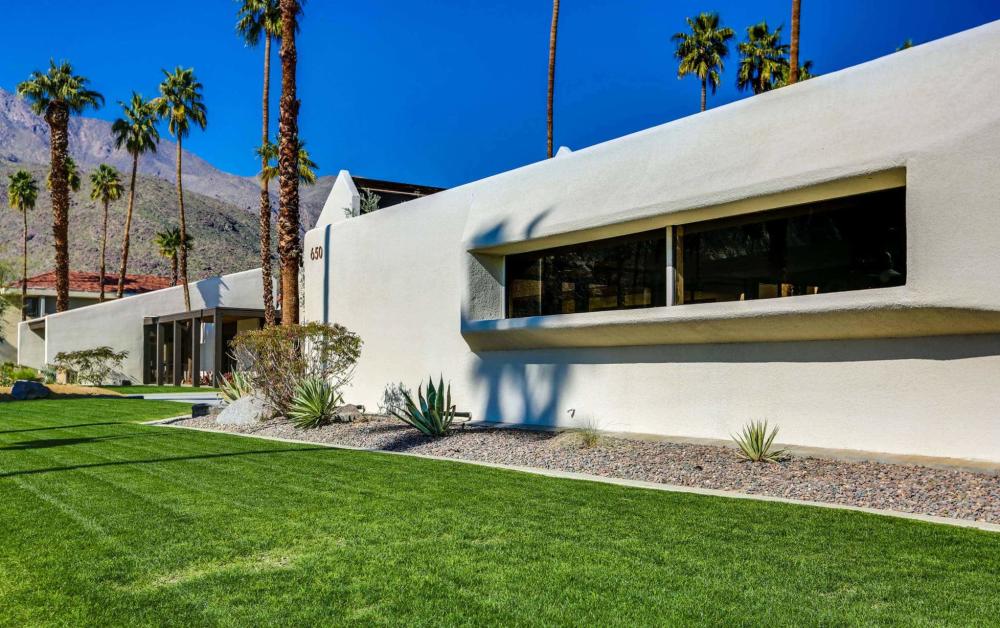
Palm Springs Plaza Theater - Looking Ahead
Originally built in 1936, the structure was used for film premieres and screenings and was the venue for nationally broadcast radio theatre programs and other performances by Bing Crosby, Amos ‘n’ Andy, Jack Benny, Bob Hope, and Frank Sinatra, among many others. In its later years, the theater was home to the critically acclaimed and revered “The Fabulous Palm Springs Follies.” Over the decades, the building has deteriorated, so the City of Palm Springs has initiated a capital campaign to restore the beloved structure to its former glory.
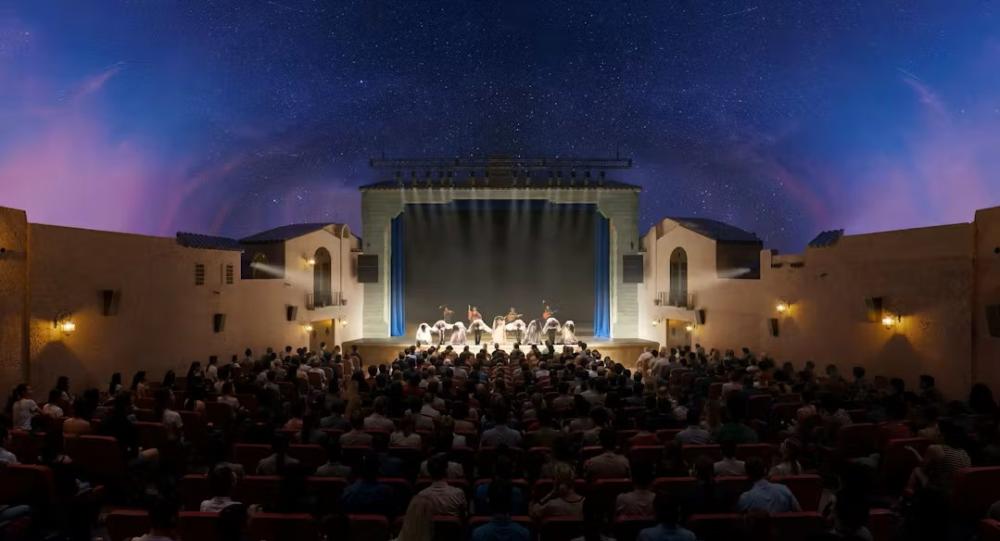
A generous donation of $5 million from David C. Lee launched a fundraising campaign. Recently, an anonymous donor pledged an additional $2 million and issued a matching challenge to the city. The City of Palm Springs is contributing $2 million, and the state is providing $2.5 million.
Plaza Theater is a Class 1 Historic Site, so city ordinance dictates a careful process for alterations. Any work done to the building cannot significantly impact or materially impair the historic resource's character-defining features and must contribute to restoring it to its original appearance.
It will open in December 2025.
Learn more: The Plaza Theatre: A Star Returns to the Spotlight
Palm Springs Architectural Preservation Organizations
The Palm Springs Preservation Foundation is a nonprofit organization dedicated to educating and promoting public awareness of the importance of preserving the historical resources and architecture of Palm Springs and the Coachella Valley area.
The foundation is known for publishing tribute journals dedicated to various desert architects and builders of the area, such as William F. Cody, E. Stewart Williams, and the Alexander Construction Company. The tribute journals also celebrate Spanish colonial revival and Polynesian architecture, popular design styles featured in Palm Springs.
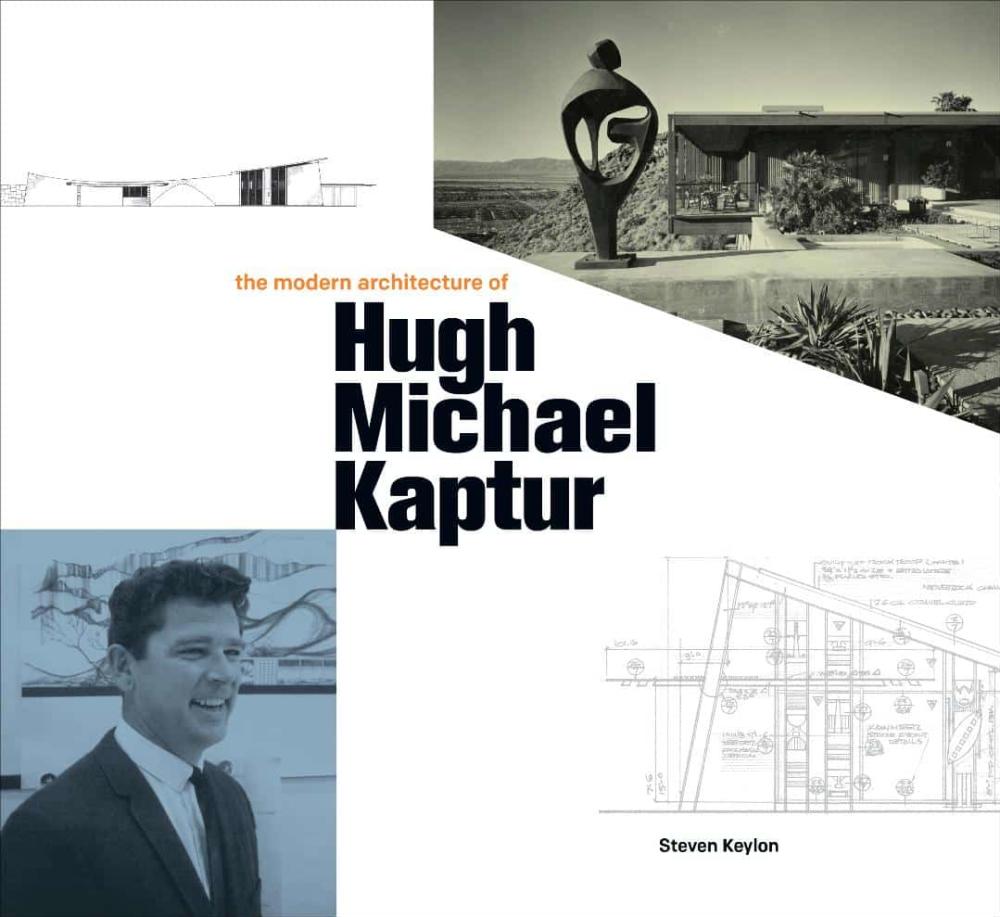
Several organizations are dedicated to architectural preservation in Palm Springs:
-
Palm Springs Preservation Foundation: Focuses on education, public awareness, and publishing tribute journals about significant architects and historic styles.
-
Historic Site Preservation Board (HSPB): Recommends potential historic sites and districts to the City Council while fostering public awareness and appreciation of the City's rich cultural and architectural heritage. Municipal codes made by the Palm Springs City Council preserve and protect areas and specific buildings that portray Palm Springs’ cultural, social, economic, political, and architectural history.
-
Palm Springs Modernism Committee: Dedicated to the appreciation and preservation of modern architecture and design in the desert through education, advocacy, heritage tourism promotion, and celebration of preservation and adaptive reuse successes.
Committee members also conduct annual modern home architectural tours and assist property owners in restoring and upgrading historic buildings.
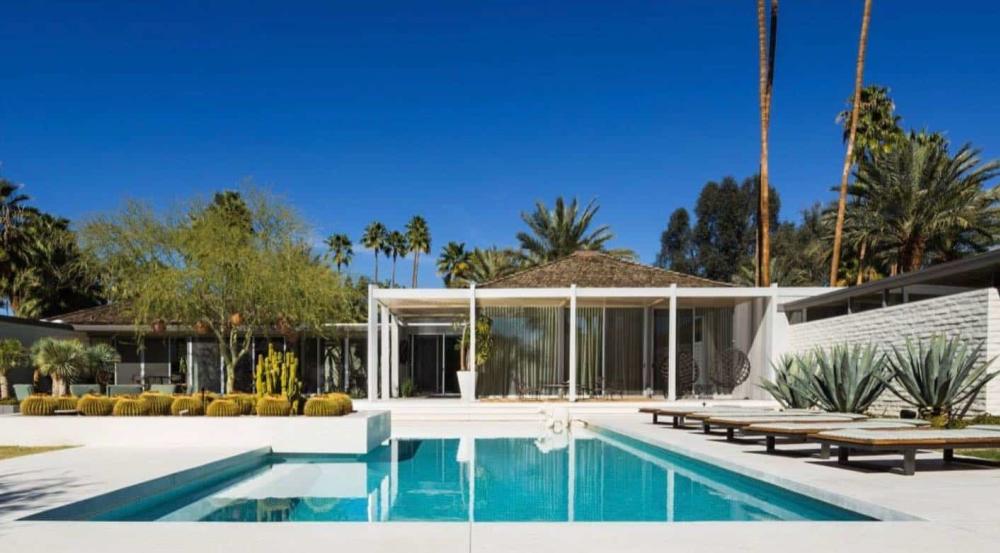
William Cody’s masterpiece, the Abernathy Residence, a Class 1 historic site built in 1962
You May Also Enjoy: Palm Springs Self-Guided Colored Door Tour
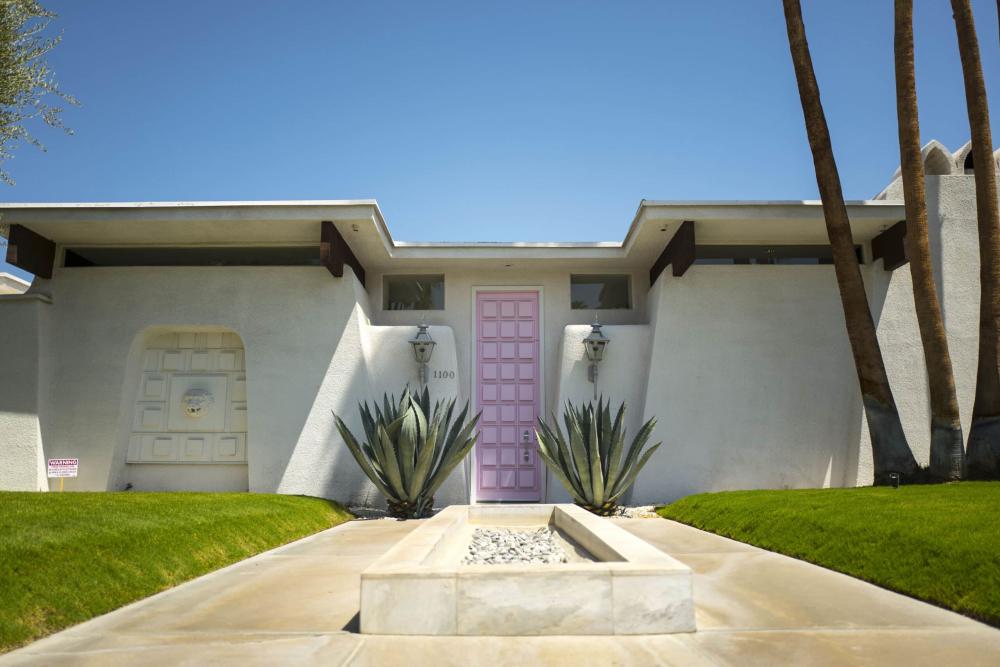
Palm Springs Self-Guided Colored Door Tour
- 8 min read
The colored doors of Palm Springs are delightful and popular. This…
Discover Palm Springs Through the Eyes of Architectural Historian Michael Stern
- 5 min read
Conventionally, buildings are constructed to shield us from the…
Mod Squad Tours: Experience Palm Springs Architecture Up Close
- 4 min read
Palm Springs is a living museum of midcentury modern architecture, and…
Complete Guide to Modernism Week 2025
- 29 min read
Thank you for joining us for Modernism Week. We look forward to seeing…
9 Midcentury Boutique Resorts: Where Timeless Design Meets Desert Luxury
- 8 min read
9 Iconic Midcentury Modern Resorts & Inns Palm Springs isn’t…
